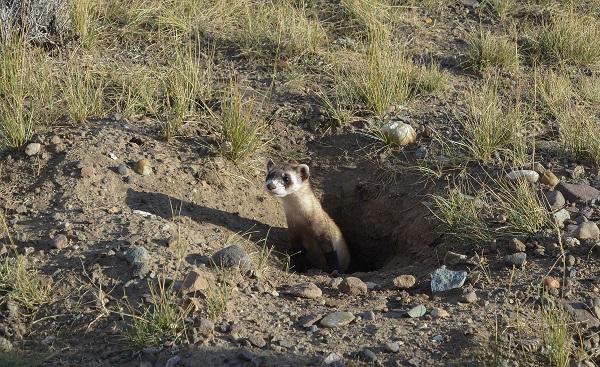Related Stories
- Aerial Sagebrush Seeding Helps Restore Robertson Draw Fire Burn Area
- On the Arizona Strip, Now is the Time for Fire and Fuels Work
- Aerial sagebrush seeding helps restore Robertson Draw Fire burn area
- BLM recreation sites available to all: Exploring accessibility on California’s public lands
- A day on patrol with BLM Arizona Ranger Rocco Jackson
Office
1002 Blackburn Street
Cody, WY 82414
United States
Phone:
Email:





